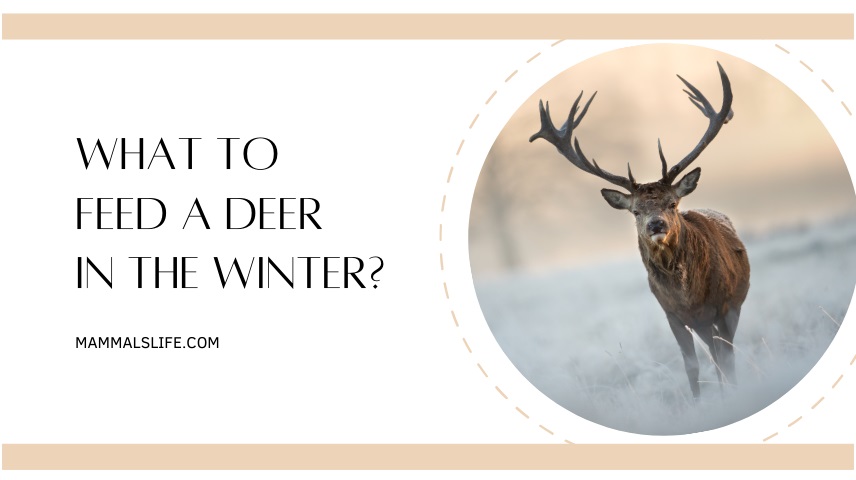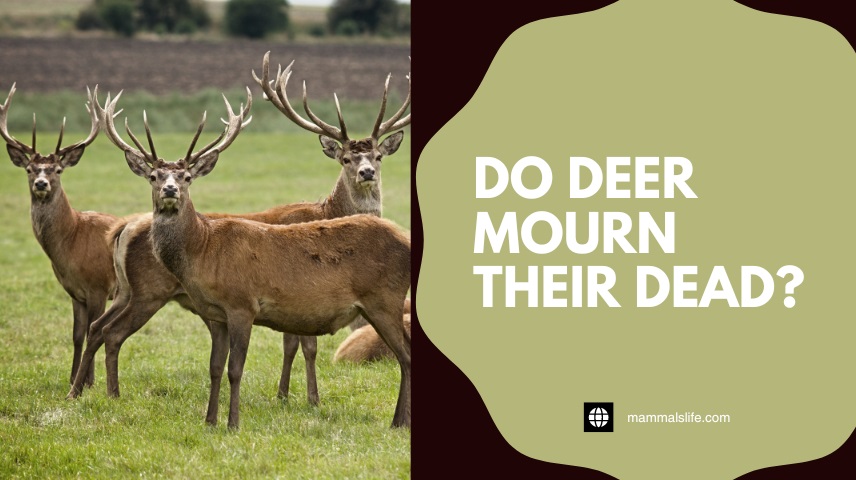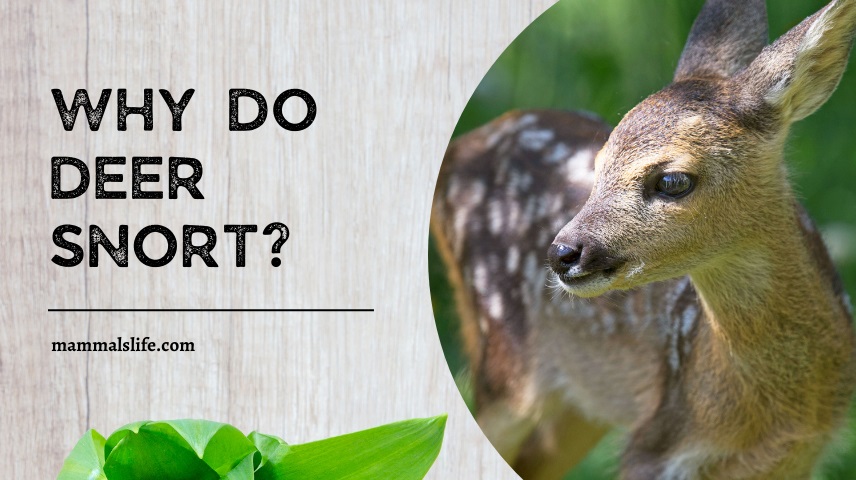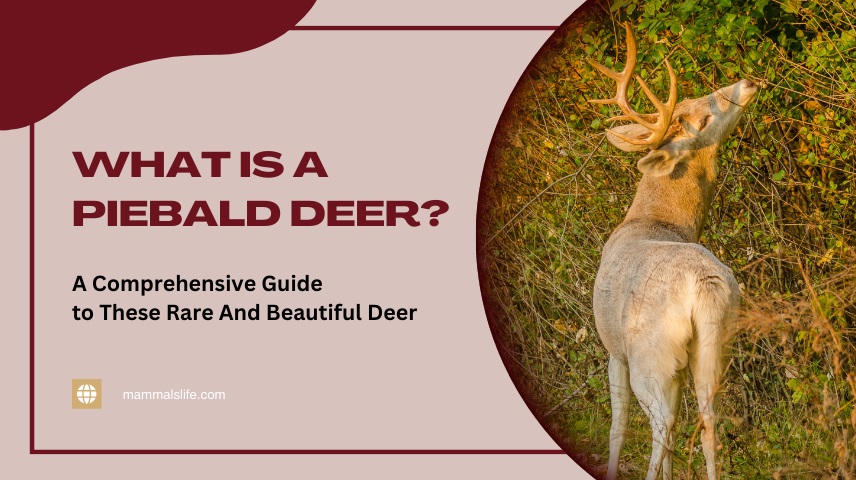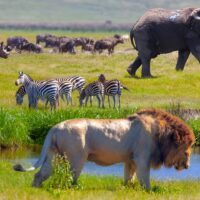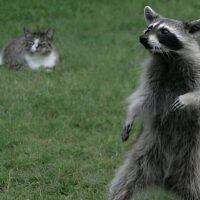Last Updated on February 22, 2025 by Mammals Life
Deer need nutrient-rich foods in winter. Safe options include woody browse, deer pellets, and leafy greens.
Winter poses significant challenges for deer as natural food sources become scarce. Providing supplemental feeding can help them survive harsh conditions. It’s crucial to offer safe and nutritious options that mimic their natural diet. Woody browse, such as twigs and branches, provides essential fiber.
Deer pellets are specially formulated with the necessary nutrients. Leafy greens, like kale and spinach, offer vitamins and minerals. Avoid feeding deer corn or high-starch foods as they can cause digestive issues. Proper feeding helps maintain their health and supports their survival through the winter months.
Winter Feeding Basics
Winter can be tough for deer. The cold weather limits their food sources. It’s important to know what to feed them safely. Proper nutrition helps deer survive the harsh winter months. Feeding deer the right way ensures they stay healthy and strong.
Importance Of Proper Nutrition
Deer need a balanced diet to stay healthy. In winter, natural food sources are scarce. They rely on stored fat and what they can find. Proper nutrition helps them maintain energy and body heat. Here are some key nutrients deer need:
- Carbohydrates for energy
- Proteins for muscle maintenance
- Fats for warmth and energy storage
- Vitamins and minerals for overall health
Feeding deer in winter should mimic their natural diet. This includes woody browse, twigs, and high-fiber foods. Avoid high-starch foods like corn, which can harm their digestion.
Risks Of Improper Feeding
Feeding deer the wrong foods can cause health issues. High-starch foods, like corn, can lead to serious digestive problems. This condition, called acidosis, can be fatal. Overfeeding can also make deer dependent on humans. This reduces their natural foraging instincts. It can also cause them to overpopulate an area, leading to more problems.
Improper feeding can attract predators. Deer gathering in one place can become easy targets. This increases the risk of disease spreading among the herd.
Use these safe and nutritious winter feeding options to help deer:
| Safe Food | Benefits |
|---|---|
| Woody browse | Natural source of fiber |
| Twigs and leaves | Rich in vitamins and minerals |
| Deer pellets | Balanced nutrition |
| Hay | High fiber content |
By providing safe food options, you help deer stay healthy. This ensures they can survive and thrive through the winter.
Read More – What to Feed Deer Instead of Corn? Best Practices for Sustainable Deer Feeding
Natural Food Sources
Understanding what to feed deer in the winter is crucial for their survival. Deer rely heavily on natural food sources during the cold months. These sources provide the necessary nutrients to keep them healthy and strong.
Available Vegetation
Deer have various natural vegetation options in winter. These include:
- Woody Browse: Twigs, stems, and leaves from trees and shrubs.
- Evergreens: Pine needles and other evergreen foliage.
- Fallen Leaves: Leftover leaves from autumn.
- Moss and Lichens: Found on trees and rocks.
This vegetation provides essential nutrients and energy. Deer adapt their diet based on availability and necessity.
Foraging Behavior
Deer have unique foraging behaviors that help them find food in winter. These behaviors include:
- Browsing: Deer nibble on twigs and stems of woody plants.
- Scraping: Deer use their hooves to uncover hidden food under snow.
- Grazing: Deer eats grass and other ground-level vegetation.
- Digestive Adaptation: Their digestive system adjusts to tougher food.
These behaviors ensure deer find and consume enough food. Understanding these can help in providing the right supplementary feeding options.
Supplemental Feeding Options
Winter can be tough for deer as natural food sources become scarce. Providing supplemental feeding options helps them survive the colder months. Here are some safe and nutritious options for deer during winter.
Commercial Deer Feed
Commercial deer feed is specifically formulated to meet the nutritional needs of deer. These feeds contain a balanced mix of proteins, carbohydrates, vitamins, and minerals. They are easy to find and convenient to use.
- High-quality ingredients: Ensure the feed includes grains, legumes, and vitamins.
- Ease of use: These feeds are ready to use, no mixing is required.
- Nutritional balance: Supports deer health during harsh winter months.
Here is an example of a balanced commercial deer feed:
| Ingredient | Percentage |
|---|---|
| Cracked Corn | 30% |
| Soybean Meal | 20% |
| Alfalfa Pellets | 25% |
| Vitamins & Minerals | 10% |
| Molasses | 15% |
Homemade Feed Mixes
Homemade feed mixes allow for customization based on local availability. You can create your mix using safe and nutritious ingredients. This option is cost-effective and allows for ingredient control.
- Cracked corn: Provides energy and is easy to digest.
- Soybean meal: High in protein, and supports muscle growth.
- Oats: Good source of fiber, helps digestion.
- Alfalfa pellets: Rich in vitamins and minerals.
Here is a simple homemade feed mix recipe:
| Ingredient | Amount |
|---|---|
| Cracked Corn | 50 lbs |
| Soybean Meal | 25 lbs |
| Oats | 15 lbs |
| Alfalfa Pellets | 10 lbs |
Mix all ingredients thoroughly before feeding. Ensure deer have access to fresh water.
Read More – Why Do Deer Snort? The Science And Instincts Behind Deer Snorting Behavior
Safe Feeding Practices
Feeding deer in winter requires careful consideration. Ensuring their safety and health is crucial. Follow these safe feeding practices to provide nutritious food without causing harm.
Feeding Locations
Choose feeding locations wisely. Avoid areas near roads to prevent accidents. Place feeders in secluded spots. This keeps deer safe from predators and traffic.
Avoid feeding near human dwellings. This prevents deer from becoming too comfortable around people. It also minimizes the spread of diseases.
Ensure the feeding spot is accessible. Deer should reach the food easily without stress.
Feeding Frequency
Establish a consistent feeding schedule. Deer needs regular food intake, especially in winter. Feed them daily to maintain their energy levels.
Avoid overfeeding. Too much food can cause digestive issues. Provide small, manageable portions.
Monitor the feeding area. Remove uneaten food to prevent spoilage. This ensures the food remains fresh and safe for consumption.
Nutrient-rich Foods
During the cold winter months, deer need extra nutrition to stay healthy. It’s important to provide them with nutrient-rich foods that can help them survive and thrive. This section focuses on the essential vitamins and minerals, as well as high-energy foods, that can keep deer in top shape during winter.
Essential Vitamins And Minerals
Deer require a balanced diet that includes essential vitamins and minerals. These are crucial for their overall health and well-being. Here’s a list of key vitamins and minerals to include in their diet:
- Vitamin A: Helps with vision and immune function. Found in alfalfa and carrots.
- Vitamin E: Supports muscle and nerve function. Available in nuts and seeds.
- Calcium: Important for bone health. Present in leafy greens like kale and spinach.
- Phosphorus: Aids in energy production. Found in grains and legumes.
High-energy Foods
Deer also need high-energy foods to maintain their energy levels during winter. These foods provide the necessary calories and fats:
- Acorns: Rich in fats and proteins. Deer love them!
- Corn: High in carbohydrates. Provides quick energy.
- Apples: A good source of natural sugars. Keeps deer energized.
- Peanuts: Packed with fats and proteins. Great for added calories.
Including these nutrient-rich foods in a deer’s winter diet can make a significant difference. It ensures they get the essential nutrients and energy they need.
Feeding Challenges
Winter poses unique challenges for feeding deer. Snow and cold weather make food scarce. Additionally, deer face increased risks from predators. Understanding these challenges helps ensure deer stay healthy and safe.
Winter weather creates obstacles for deer. Deep snow makes it hard for them to find food. They also expend more energy moving through snow. This means they need more calories to stay warm.
Another issue is ice. Ice can cover food sources. This makes it impossible for deer to access them. To help, offer food in inaccessible places. Clear the snow and ice around the feeding areas. Ensure food stays dry and unfrozen.
Predator Risks
Winter also increases predator risks for deer. Snow makes it easier for predators to track them. Deer are more vulnerable when they gather for food. Providing food in open areas can increase these risks.
To reduce predator risks, choose safe feeding locations. Use areas with natural cover. This helps deer stay hidden while they eat. Keep feeding areas away from roads and human activity. This prevents attracting predators to busy areas.
Another strategy is to spread out feeding sites. This prevents large groups of deer from gathering. Smaller groups are less likely to attract predators. It also helps ensure all deer get enough food.
Read More – When Do Deer Have Babies? A Guide to Deer Reproduction And Birth
Frequently Asked Questions
What Food Is Safe To Feed Deer In Winter?
Deer can safely eat woody browse, such as twigs and buds from trees and shrubs, in winter. Alfalfa and deer-specific pellets are also good. Avoid corn and other high-carbohydrate foods.
What Is The Healthiest Food For Deer?
The healthiest food for deer includes natural browse like leaves, twigs, fruits, nuts, and acorns. Deer also enjoys legumes and grasses. These foods provide essential nutrients and support their overall health.
What Can I Feed Wild Deer In My Backyard?
Feed wild deer in your backyard with natural foods like acorns, apples, and leafy greens. Avoid processed foods.
What Is The Inexpensive Way To Feed Deer In The Winter?
Use corn, oats, and hay to feed deer inexpensively in winter. These are affordable and provide necessary nutrients.
What Do Deer Eat In Winter?
Deer primarily eat woody browse, such as twigs, buds, and leaves, during winter.
Can You Feed Deer Corn In Winter?
Feeding deer corn in winter is not recommended; it can cause digestive issues.
Conclusion
Providing deer with the right winter food is essential for their health. Choose safe and nutritious options like native plants and grains. Avoid foods that can harm them, like corn. By feeding deer responsibly, you help maintain their well-being during harsh winter months.
Enjoy watching these beautiful creatures thrive in your care.

